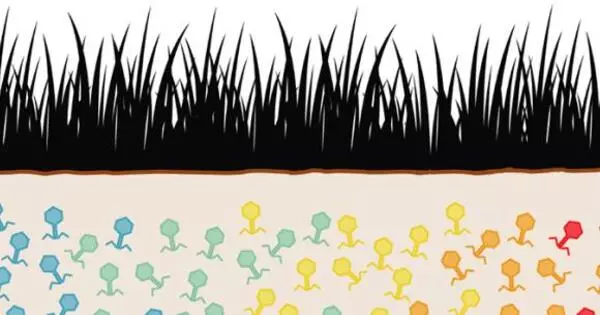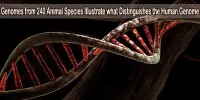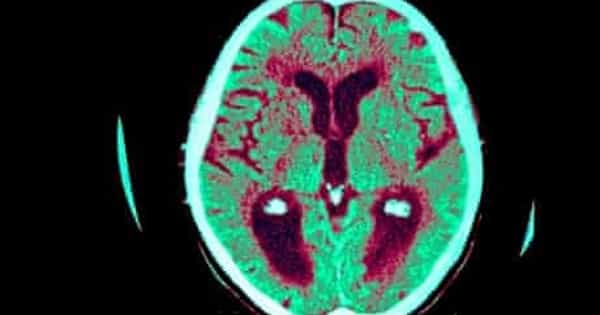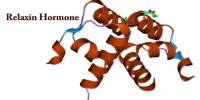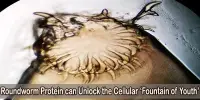Viral abundance in soil can range from below detection limits in hot deserts to over 1 billion per gram in wetlands. Although water availability and temperature appear to have a significant impact on abundance, a lack of informational standards makes cross-study analysis difficult. Despite the fact that current measures of viral richness for soils are higher than for aquatic ecosystems, soil viral diversity is vastly underappreciated and undersampled.
Soil organisms play important roles in ecosystems due to their effects on physical properties and processes, as well as their biological contributions to carbon and energy fluxes and nutrient cycling. With larger body sizes, the importance of soil fauna for soil physical properties increases.
Soils contain diverse communities of microorganisms, including bacteria, fungi, protists and viruses. Interactions between these tiny organisms shape the ability of soils to store carbon underground.
However, not much is known about the spatial patterns and dynamics of viral communities in soil.
Characterizing the compositional response of soil viral communities to reduced precipitation can help us understand the potential impact of a changing environment on host-virus interactions and potential downstream effects on the soil-carbon cycle.
Pett-Ridge
New research by Lawrence Livermore National Laboratory (LLNL) scientists and collaborators show that grassland viral communities are highly spatially stratified across just a single field, suggesting strong dispersal limitations at the local scale. The research appears in the Proceedings of the National Academy of Sciences.
“Knowing the composition and turnover of viral communities across space and time is necessary to begin unraveling what constrains host-virus interactions in soil,” said LLNL scientist and co-author Jennifer Pett-Ridge. “We found that the soil ‘virosphere’ is highly diverse, dynamic, active and spatially structured; it also appears to be capable of rapid responses to changing environmental conditions, particularly the amount of rainfall.”
Soils are physically, chemically and biologically heterogeneous. The intricate network of aggregates and pore spaces that constitute the soil matrix not only sustains a varying landscape of properties but also restricts the movement of microorganisms.
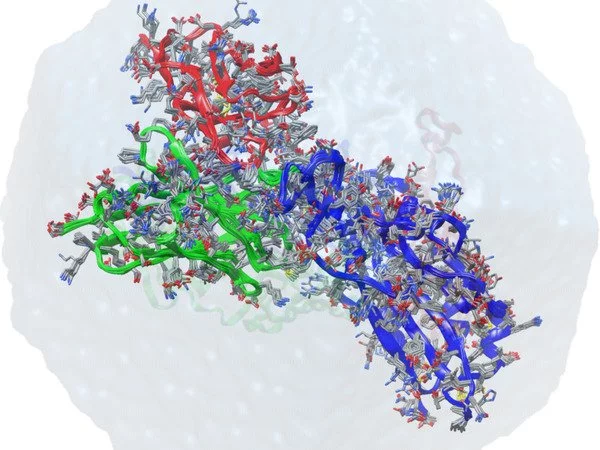
Through infection and mortality of other microbiota, viruses have countless effects on host metabolism, evolution, and Earth’s biogeochemical cycles. The sheer abundance of soil viruses hints at their likely importance in terrestrial ecosystems.
Previous rainfall manipulation experiments have shown that reduced precipitation can reshape soil bacterial community composition. Until recently, it was not known whether these shifts might be coupled to changes in the soil virosphere, although recent observations suggest that water availability could be a major driver of soil viral community assembly.
In the new research, the team found that viruses adapt more rapidly than their microbial hosts when exposed to climate changes such as drought. As soil moisture decreased, the viral community composition shifted and types of viruses that are predicted to infect drought-adapted actinobacteria became more dominant.
“Despite a large amount of spatial turnover, viruses responded cohesively to changing environmental conditions,” said LLNL scientist and co-author Katerina Estera-Molina.
The team studied soil viruses in multiple square-meter annual grassland plots in Hopland, California. For three years prior to the study, these plots were maintained with either 50% or a full complement of the normal annual rainfall.
“Characterizing the compositional response of soil viral communities to reduced precipitation can help us understand the potential impact of a changing environment on host-virus interactions and potential downstream effects on the soil-carbon cycle,” Pett-Ridge said.
